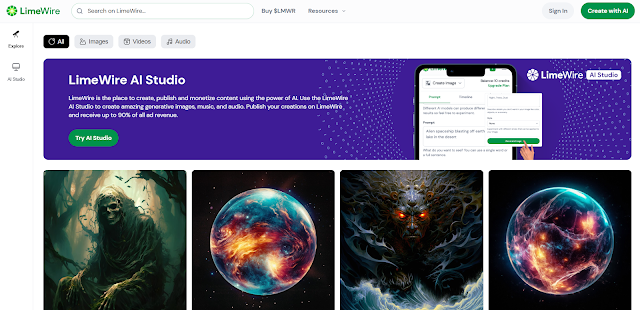Studio Essentials: Sound and Audio Foundations For Producers $99
Studio Essentials: Sound and Audio Foundations For Producers $99
Pro classic studio secrets of hitmakers: learn these fancy production tricks to get an edge in any studio--even at home!
What are the requirements?
- There are no actual requirements for this course, but you'll find it helpful to have access to any audio editor or DAW
- For one activity, an SPL meter will be necessary, but I'd give you recommendations on where to get one (including free)
- For activities focused on speakers/studio monitors, you won't be able to take part in the activities without speakers/studio monitors.
What am I going to get from this course?
- Over 36 lectures and 3.5 hours of content!
- Calibrate your own monitors for optimal mixing levels
- Build cheap and effective monitor stands
- Place monitors on stands most effectively
- Combine clips without clicks/pops without using crossfades
- Articulate clearly a knowledge of the basic physics of sound waves
- Demonstrate studio techniques to improve your mixes and overall sound quality
- Understand how to use the decibel scale and audio-related standards
- Demonstrate a working knowledge of frequencies and frequency response
What is the target audience?
- This course is meant for students with beginner or intermediate experience in music recording, engineering, or production. A basic use of music and studio terminology is preferred, as concepts like "DAW" will not be explained. It will be assumed that students have no prior experience or particular interest in physics. This course is for you if you'd like to learn enough to get a handle on the overall basics of audio production to improve your mixes and quality of your audio.

Comments
Post a Comment